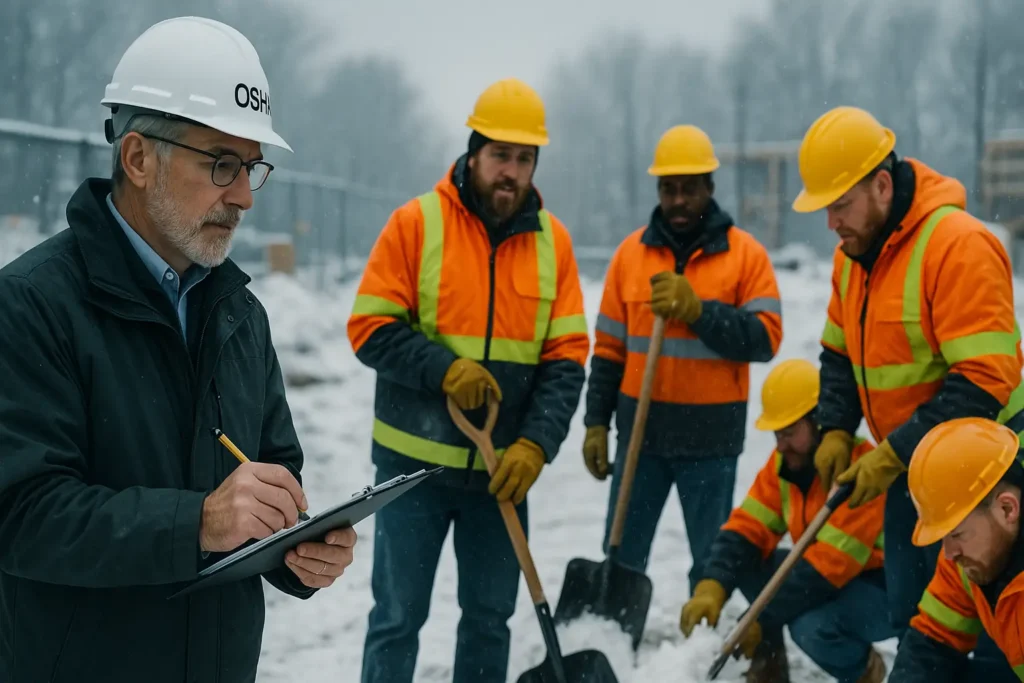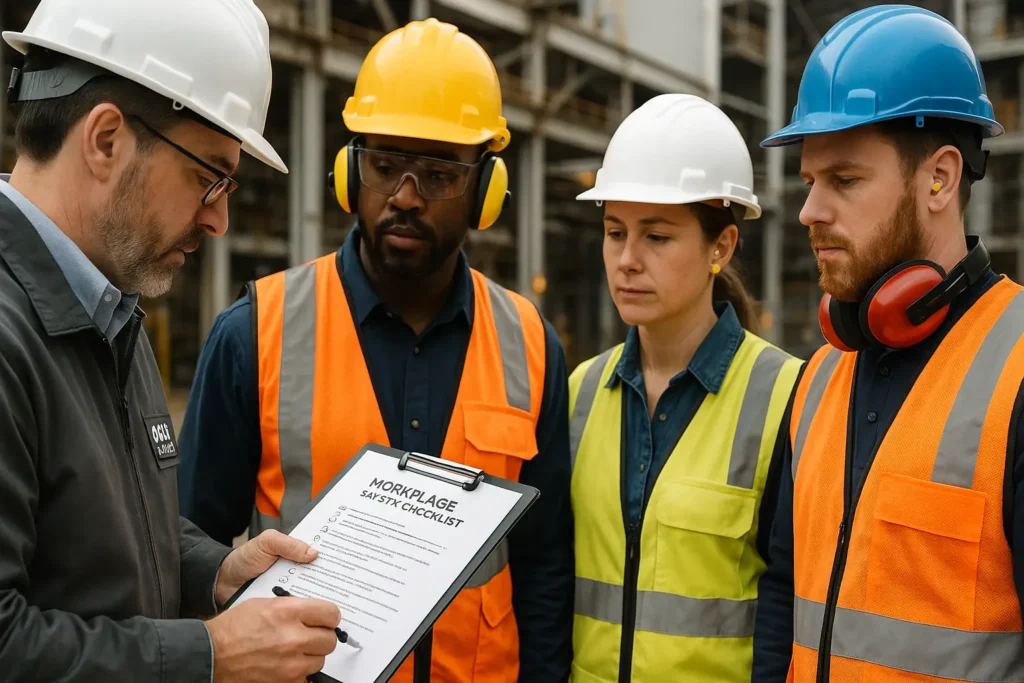Finished With Your OSHA Safety Training? Here’s What You Should Do Next
If you have finished your OSHA training, you need to first pat yourself on the back for doing the needful. OSHA courses aren’t just a requirement for working in construction, they are necessary to create and maintain a safe work environment.
However, when you’re done celebrating, you should explore your options as a professional who has now DOL card and certificate of completion for OSHA-authorized training.
What To Do After OSHA Training?
Here’s what you should do immediately after completing your OSHA training course.
1. Wait For Your DOL Card
If you have completed your OSHA trianing with OSHAPractice, you will be delivered a DOL card two-weeks after finishing the training. This will be a wallet-size, plastic card issued by the US Department of Labor. You can show this card to employers as a proof that you have finished the training.
2. Update Your Resume
Congratulations on successfully passing your course! Remember to update your resume by including the course title and any certificates you have earned.
Also, the first step involves reviewing and understanding the training materials provided. These materials, such as handbooks or manuals, outline various safety procedures and regulations. By reading and comprehending them, individuals reinforce their knowledge and have a point of reference when needed.
It’s important to note that these training generally do not expire, so they will continue to hold value in most cases.
3. Look For A New Job
If you don’t already have a job lined up, obtaining your OSHA card can demonstrate to potential employers that you possess a strong foundation in safety training.
Ensure that your LinkedIn profile and resume are up-to-date, including your newly earned DOL card and training certificates, and make it known to prospective employers that you have taken proactive steps for training. They will appreciate this initiative.
Even if you are currently employed, consider updating your LinkedIn profile and resume anyway. Your future self will be grateful for your diligence.
4. Join Your Company Safety Committee
Many companies must adhere with state or federal regulations that need the establishment of specialized safety groups or committees. These bodies are responsible for reviewing safety practices, training materials, and addressing workplace safety complaints.
Your participation in your corporate’s safety committee could be highly valued, especially considering your newly acquired safety training.
5. Use Social Media To Network
Social media pages, networking groups, and various social platforms provide valuable resources for staying informed about new safety developments.
They also offers opportunities to connect with fellow safety professionals so you can collaborate on solving safety-related issues. Make sure you network in your social media network
6. Continue Your Workplace Safety Education
Whether you’re a first-time 10-hour OSHA card seeker or an experienced safety professional, there’s always room for more knowledge.
OSHA safety training offerings cater to various needs and you can choose between the comprehensive OSHA 10-Hour Construction training or in-depth OSHA 30-Hour Construction training. There are also various specialized safety courses you can do to
7. How to Implement OSHA Training after Starting a Job
After finishing OSHA safety training, you need to put all that knowledge to test. Start by diving into those training materials, like handbooks or manuals; they’re like your safety bible. Then, give your workplace a good look-over.
Check for anything that could be a problem and make sure all the safety stuff is where it should be – emergency exits, fire extinguishers, you name it. Fix up anything that needs it and make a plan to keep things safe moving forward. It’s all about talking it out too.
Conclusion
Completing OSHA training marks a significant step toward fostering a safer work environment and advancing professional opportunities. Obtaining the DOL card and updating resumes with your credentials affirm expertise in workplace safety.
Leveraging this credential for job prospects, participating in safety committees, and networking via social media aids in career growth and knowledge expansion. Beyond that, continuous learning through specialized courses and practical implementation of training materials in the workplace solidify the commitment to ongoing safety practices.
Ultimately, embracing and applying the acquired knowledge from OSHA training serves as a pivotal cornerstone in cultivating a culture of safety. This benefits both individuals and their workplaces in the long run.
Related Posts

Training on a Budget? Find OSHA Training at a Low Price

OSHA Winter Safety Tips for 2025: Protect Outdoor Workers


